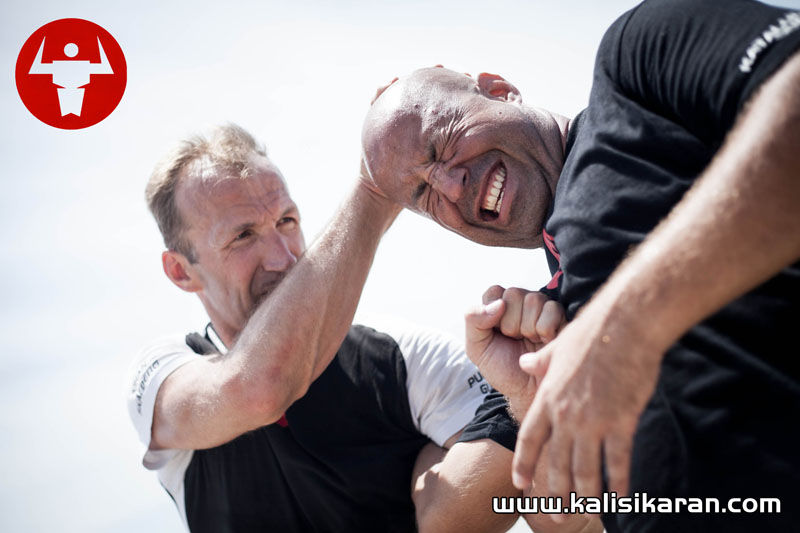Kali Empty Hands of Kali Sikaran
- Johan Skålberg

- Jun 3, 2022
- 2 min read
Kali Empty hands in Kali Sikaran have many similarities to Kali Sticks and Kali Knife principles. One example is stickfighting in Kali Sticks where the practitioner has to learn the different ranges such as Largo Mano (long range), Solo Baston (medium range), Punio and Locks (close range). To be a well rounded stick fighter you have to manage all the distances and switch effortlessly between them all.

Same thing goes for Kali Empty Hands where you want to manage long range, medium range and close range depending on circumstances and the situation. In Panantukan (Filipino boxing also known as dirty boxing) you want to stay predominantly in “mark range” where you can line up and deliver full power punches whenever possible. In Kadena de Mano it's all about the centerline and how to dominate the centerline, monitor the opponent and throw short punches and elbows as fast and effective as possible. In Dumog (lock and grappling range) there’s more focus on controlling and manipulating the opponent into a disadvantage position for different follow ups or to submission in standing positions or on the ground.

When we talk about Panantukan and Kadena de Mano there’s not too many techniques, generally speaking. But to truly understand and be functional with these techniques you have to do a lot more than just learn the actual technique. You have to put them in combinations and practice in various drills and eventually spar with them. It’s like a minute to learn and a lifetime to master! When the student starts to learn some combinations and some drills it quickly becomes overwhelming and confusing. There’s a lot of confusing stuff out there, especially in Kali because it's such a huge system. That’s one of the reasons we have put a lot of emphasis on structure and methodology in the Kali Sikaran programs to make all of this less confusing.
In Dumog there’s even more sensitivity and time to spend before getting functional with the different techniques. That’s one of the reasons why the Dumog module is less emphasized in the first phases in the Kali Sikaran programs. And from a self defense perspective it's prioritized to stay on your feet (as much as possible) and be able to choose if you can leave in a safe way or stay at a safe distance to have enough reaction time for necessary measures. But sometimes it’s not possible due to the situation and circumstances and the only possible solution is Dumog. Just remember that it's a means to an end and not necessarily the end goal out of a Kali Sikaran perspective.

And after learning a few or many of these techniques and combinations in Panantukan, Kadena de Mano and Dumog you want to be able to flow between the different ranges just the same way as in stick fighting. One way of doing that is to practise and learn with a drill, can be a very fixed drill or a more open format depending on the experience of the practitioner.
Here’s an example video of how Panantukan, Kadena de Mano and Dumog can be mixed and practiced together in a drill.



Comments